Travelling forward in time: Trainline's ambitious AI plans
CTO Mark Holt explains how machine learning underpins Trainline's future
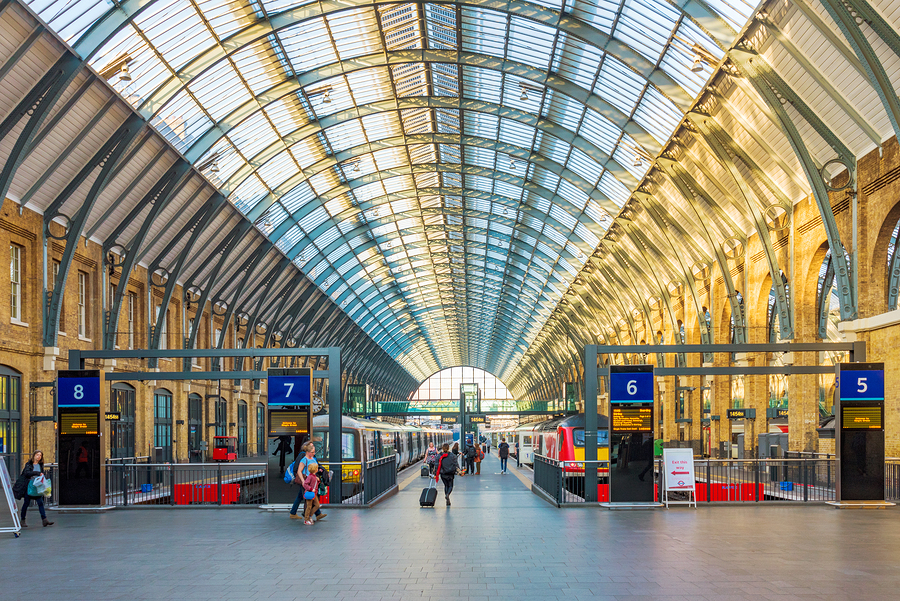
Unlike many commuters, Mark Holt, CTO of Trainline, an e-ticket booking platform, is presumably used to getting a seat on the train home.
Via his company's app, customers can not only buy a ticket for a train (or coach), but check for free seats too. BusyBot, the company's recently-launched AI bot, crowdsources 26,000 passengers' messages every day about where they're sitting and whether or not the seat next to them is free, then points customers to the less-populated carriages.
"One of the interesting things about the algorithms that we built is [we can say] 'you might not find a seat between London Bridge and Gatwick Airport, but at Gatwick Airport a lot of people will get off the back of the train, so from there down to Brighton you'll then get a seat'," Holt tells IT Pro."Lots of cool bits of innovation like that are really important."
AI and machine learning
BusyBot is just the most recently launched of several machine learning projects Holt's engineers are busy cooking up in the Trainline labs. The company throws one billion user interactions a year into its cloud database, crunching it all to come up with innovative ways to make journeys feel less of a grind.
One app it's testing among a limited number of users right now is journey predictions, which currently works for about 80% of users who land on Trainline's homepage, pulling data such as when somebody is booking for (known as a booking horizon), the time of day they're making the booking, what device they are using, and historical journey information as well.
"It's shockingly predictable," says Holt. What's more, 30% of the time it correctly predicts the day a customer wants to travel, he explains. "I click on the little 'Manchester Piccadilly' button and it says 'you probably want to travel next Friday'."
Sign up today and you will receive a free copy of our Future Focus 2025 report - the leading guidance on AI, cybersecurity and other IT challenges as per 700+ senior executives
These applications, and many more, are all designed to simplify people's daily experience of travel, relying on machine learning to analyse Trainline's wealth of data points as the applications continuously improve.
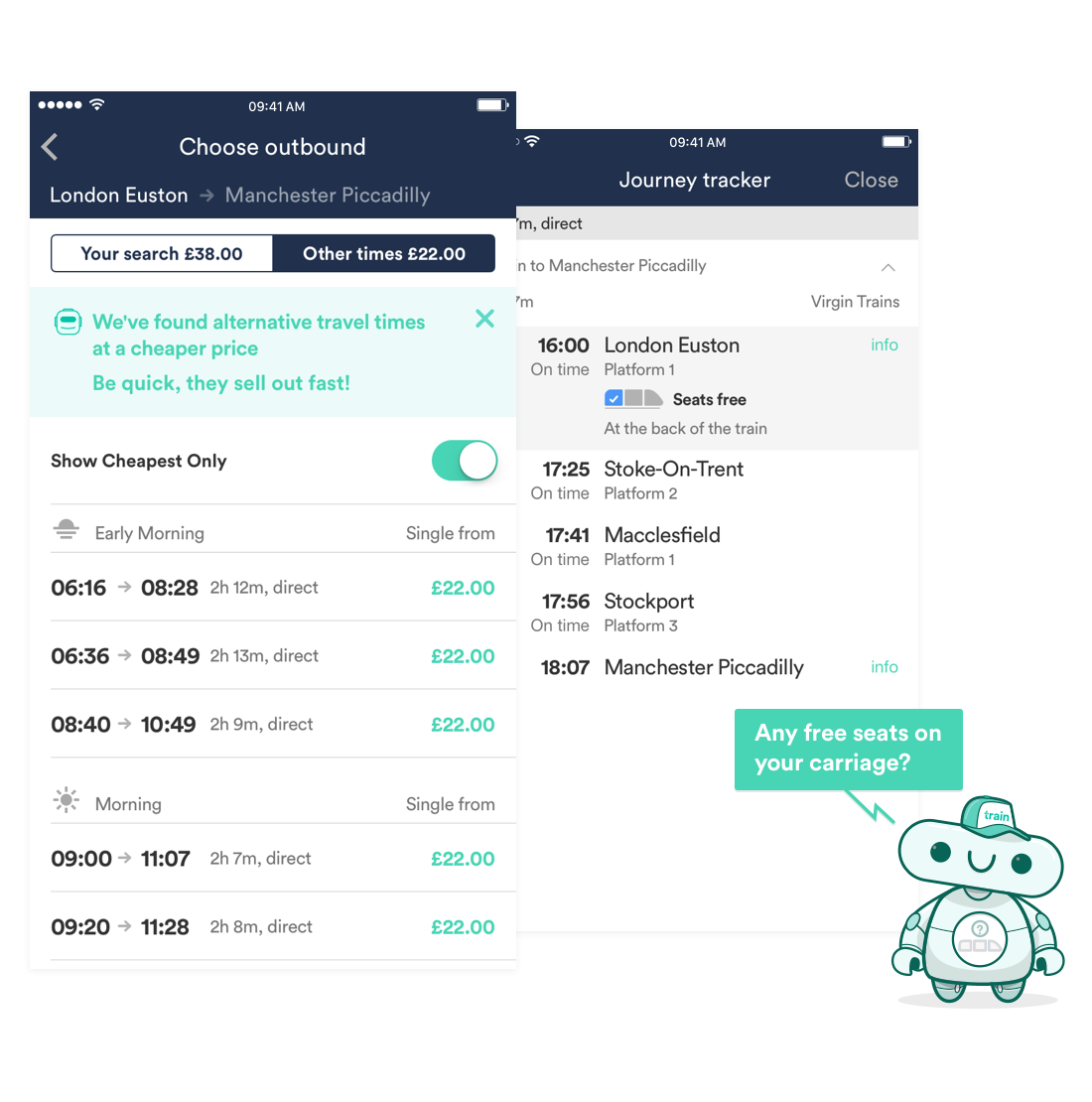
BusyBot, courtesy of Trainline
From Rotherham to the cloud
This kind of innovation is one of the biggest successes Holt said derive from Trainline's 2015 move to the cloud, when it moved away from its 15-year-old data centre in Rotherham to go all-in on Amazon Web Services (AWS) inside a year.
"Knowing the bulldozers were actually going to roll into Rotherham at some point helped," says Holt. "There's nothing quite like a burning platform to create a case for action."
As a result, he says Trainline is 1,100 times more agile than its previous six-weekly release cycle, now releasing more than 100 updates a week into the cloud.
Trainline's 2015 cloud migration has resulted in 1.2 million annual savings simply from removing the need to constantly refresh its data centre's disks, servers, switches and firewalls.
More importantly, Holt says, it's freed up developers to be much more creative than before, with the tools to test their projects more quickly. Trainline relies on AWS's technology to crunch the data underpinning its AI projects; moving it around with Kinesis Streams, storing it all in S3 buckets, and querying that with AWS Athena, a SQL query service that is serverless - Trainline doesn't need to spin up servers or use a data warehouse.
"It's so powerful and so successful for us," he says. "We used to be really bad at onboarding technology, it used to take us months. Now we just pick stuff up as we go."
A culture of innovation
Such an approach has had a positive impact on Trainline's technology, too. Before the cloud migration, Holt admits there was "some disbelief" among staff at the prospect of pulling off such a major shift within 12 months. Back then developers spent between 30% and 50% of their time maintaining Trainline's sprawling server farm and fixing issues created from moving software from staging to production, but it's since cut its 80 server roles down to two, freeing up developers to focus on "creating awesome customer experience".
They now work in agile teams used to getting their projects off the ground much more quickly than prior to testing and developing in the cloud. With AWS, they deploy their software into their development environments, and never experience issues then moving it to staging and then into production.
Such an agile approach has inspired them to get more creative - one developer integrated the Trainline app with a Google Home device on their weekend, which Holt hopes the firm will bring to market at some point. "Having a culture where people are thinking about innovation and wanting to innovate and create new stuff, that's so important," he says. "And doing it in their own time? What a wonderful commitment that is."
That helps attract other top talent, Holt explains, with prospective employees seeing how quickly developers are getting projects out the door and want to join in.
Outside of that garage project, Trainline hasn't used the big cloud giants' own AI tools - so no Rekognition or Lex tech features on its app or website; it's more about machine learning.
-
 What the fragmentation of UC means for the channel
What the fragmentation of UC means for the channelIndustry Insights If communications are becoming fragmented, what does that mean for MSPs and VARs?
-
 How SMBs can DIY their IT implementation and support
How SMBs can DIY their IT implementation and supportFeature For some small and medium-sized businesses, the third-party expertise and support might be out of reach. What’s the alternative?
-
 Predicts 2024: Sustainability reshapes IT sourcing and procurement
Predicts 2024: Sustainability reshapes IT sourcing and procurementwhitepaper Take the following actions to realize environmental sustainability
-
 Advance sustainability and energy efficiency in the era of GenAI
Advance sustainability and energy efficiency in the era of GenAIwhitepaper Take a future-ready approach with Dell Technologies and Intel
-
 2024 State of procurement report
2024 State of procurement reportWhitepaper The trends shaping the future of business buying
-
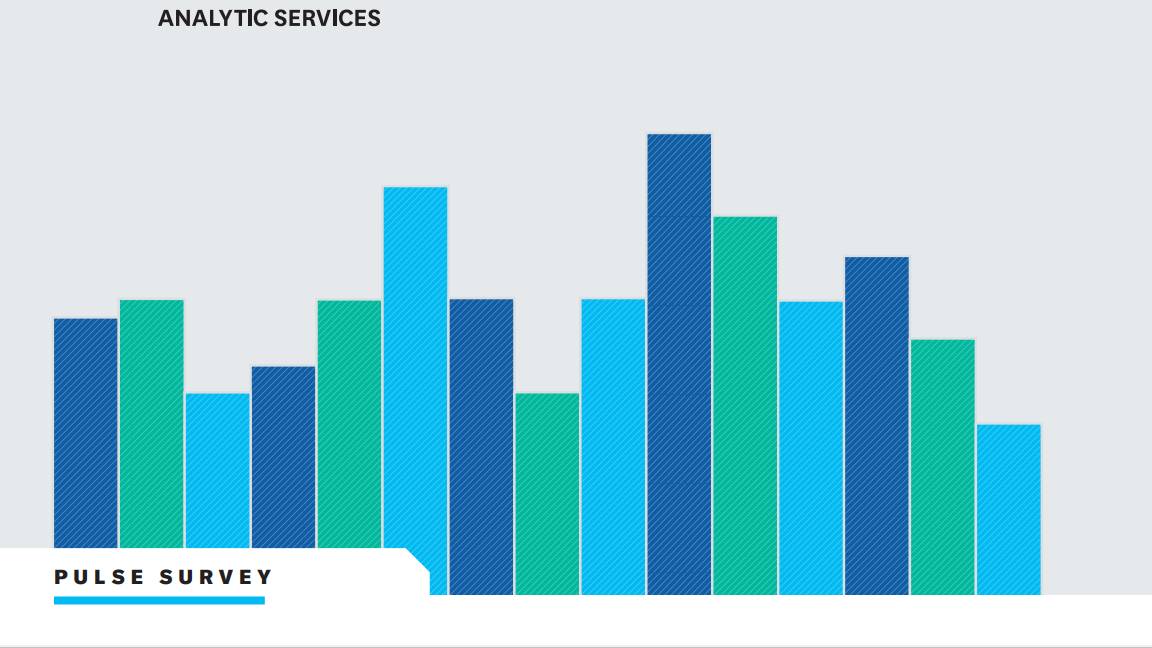 Digital optimisation paves the way to strategic supplier management
Digital optimisation paves the way to strategic supplier managementWhitepaper Procurement’s role as a strategic driver
-
 Bringing order to the file management chaos plaguing AEC firms
Bringing order to the file management chaos plaguing AEC firmswhitepaper How a cloud-based solution, supported by edge technology, helps architecture, engineering, and construction firms boost performance and cut costs
-
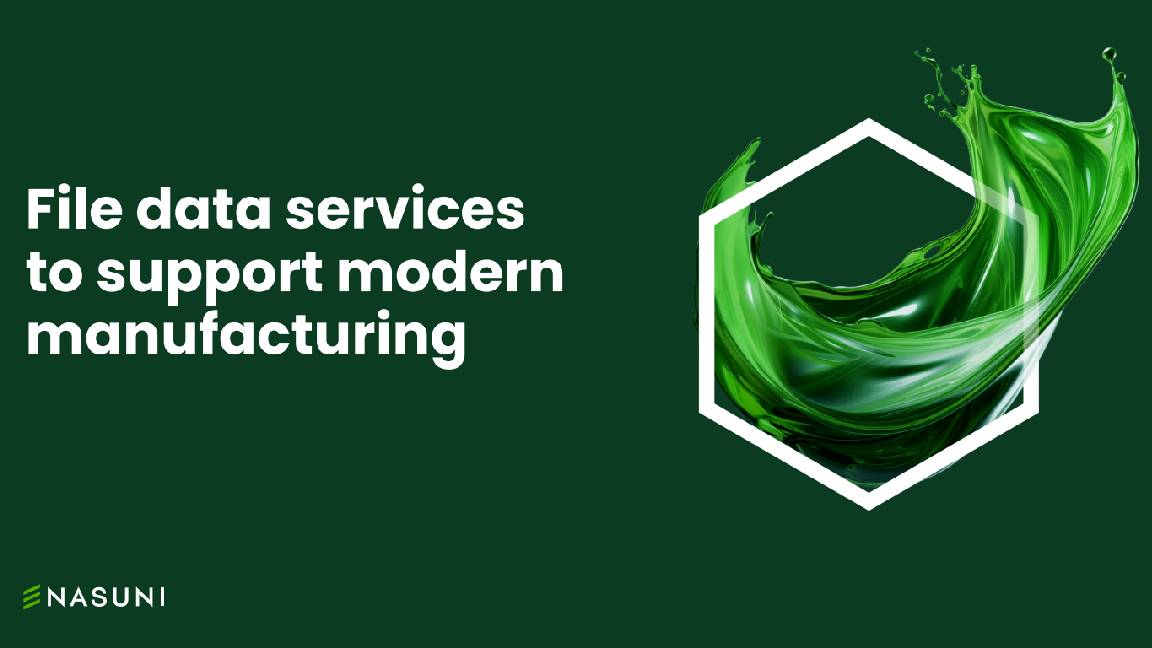 File data services to support modern manufacturing
File data services to support modern manufacturingwhitepaper Smart file data services deliver resilience and intelligence to the modern manufacturing organization
-
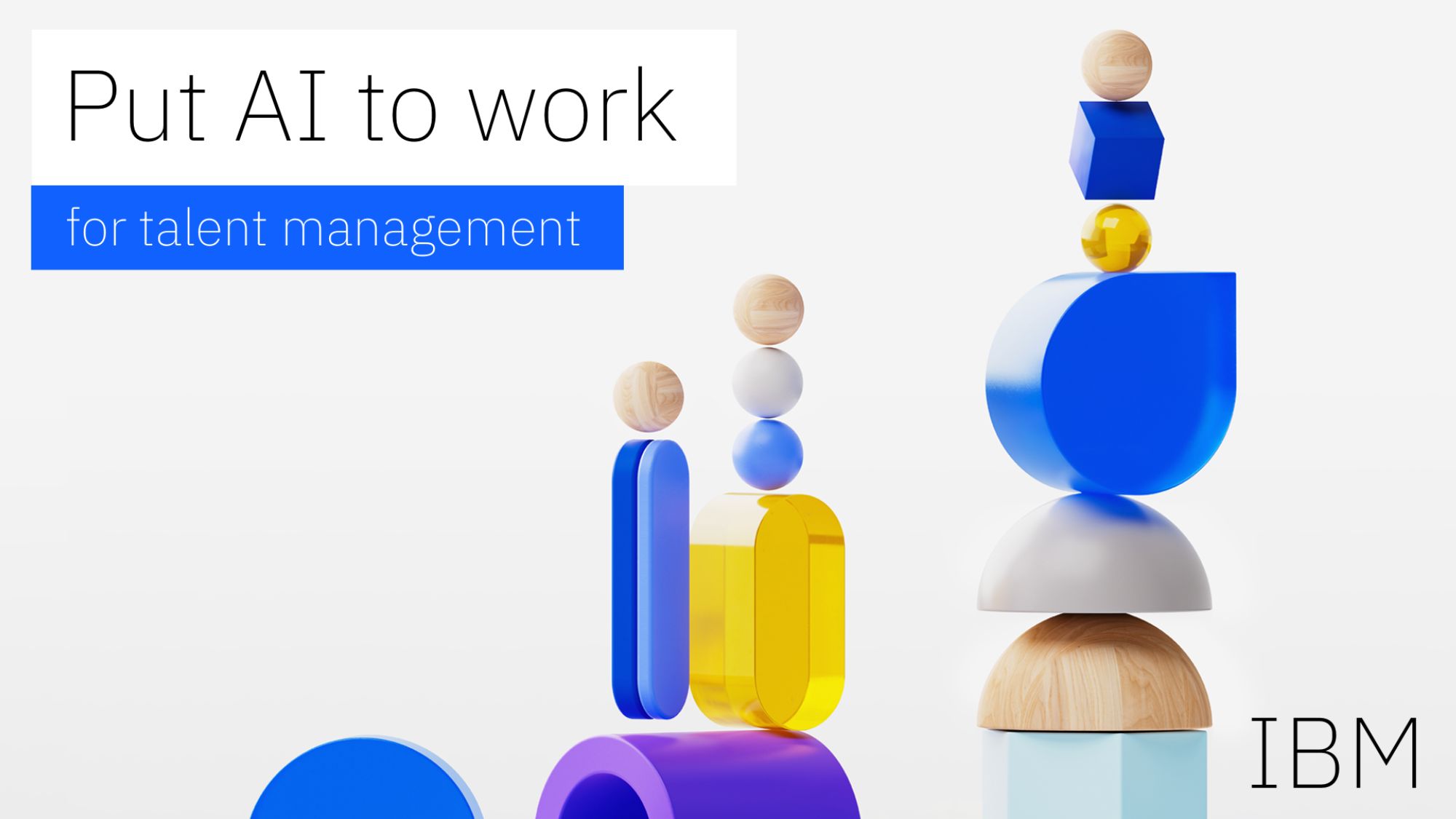 Put AI to work for talent management
Put AI to work for talent managementWhitepaper Change the way we define jobs and the skills required to support business and employee needs
-
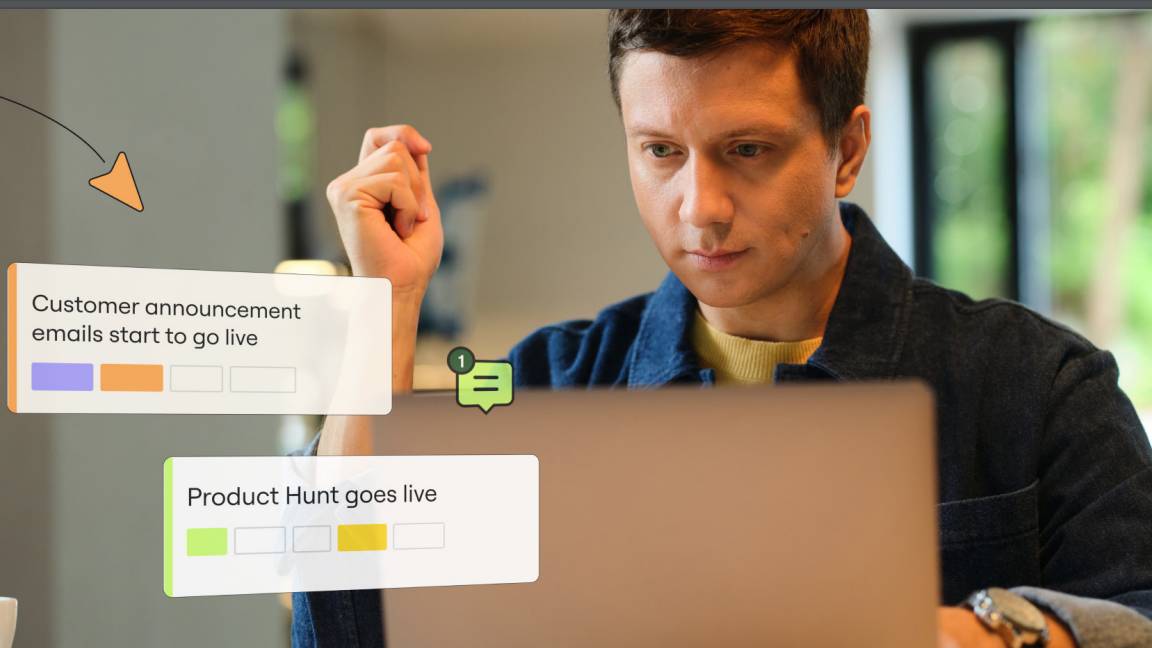 Innovation in product development
Innovation in product developmentwhitepaper The latest data on how successful product development teams collaborate to build the future